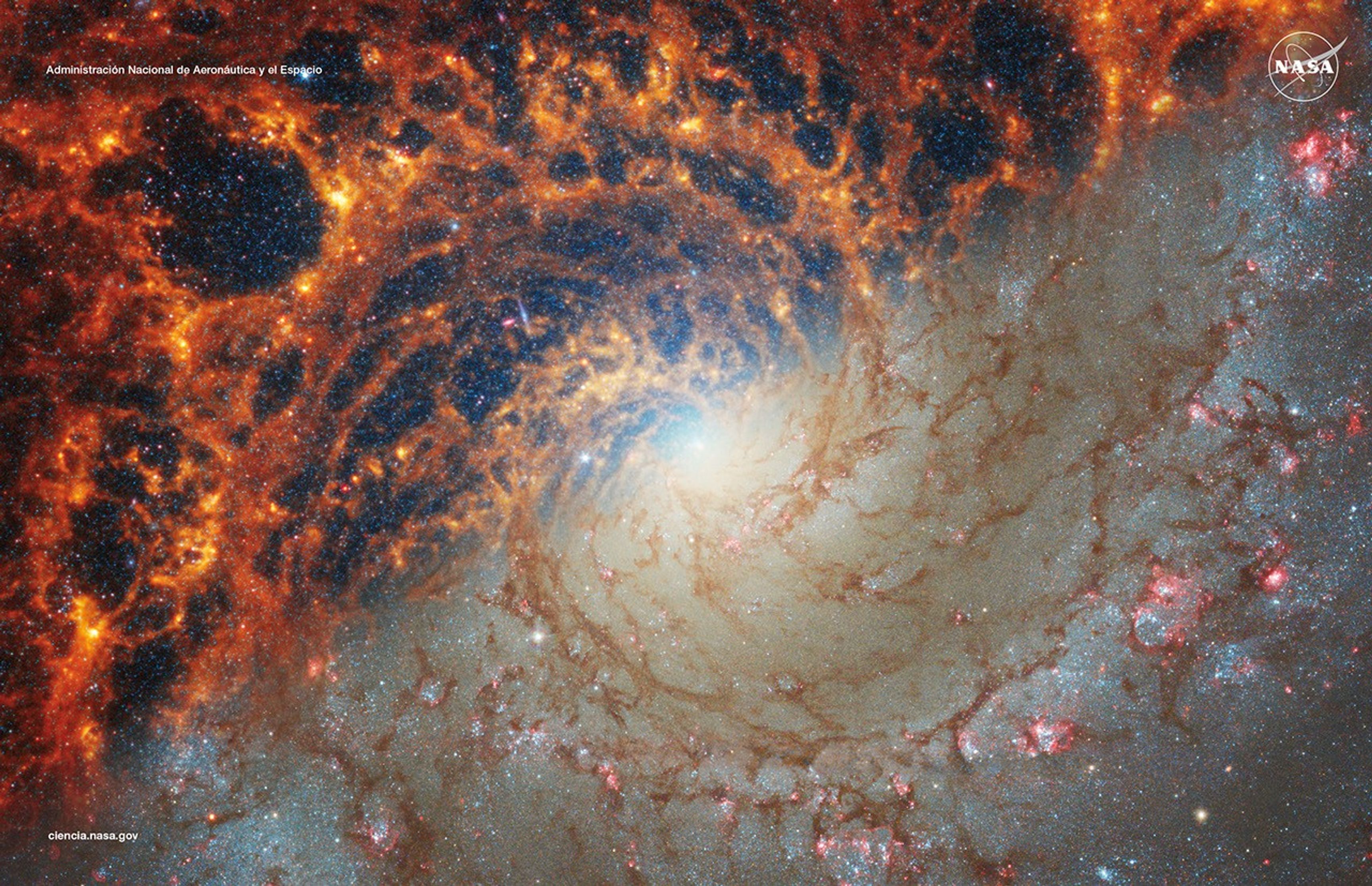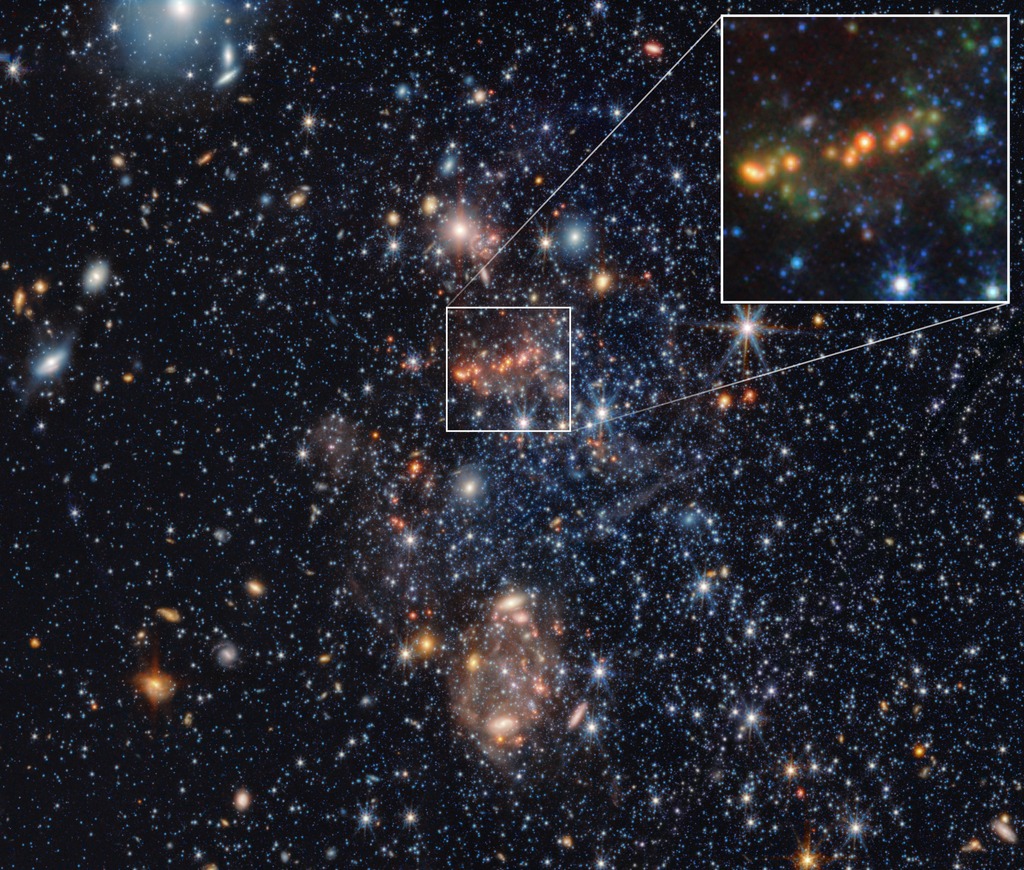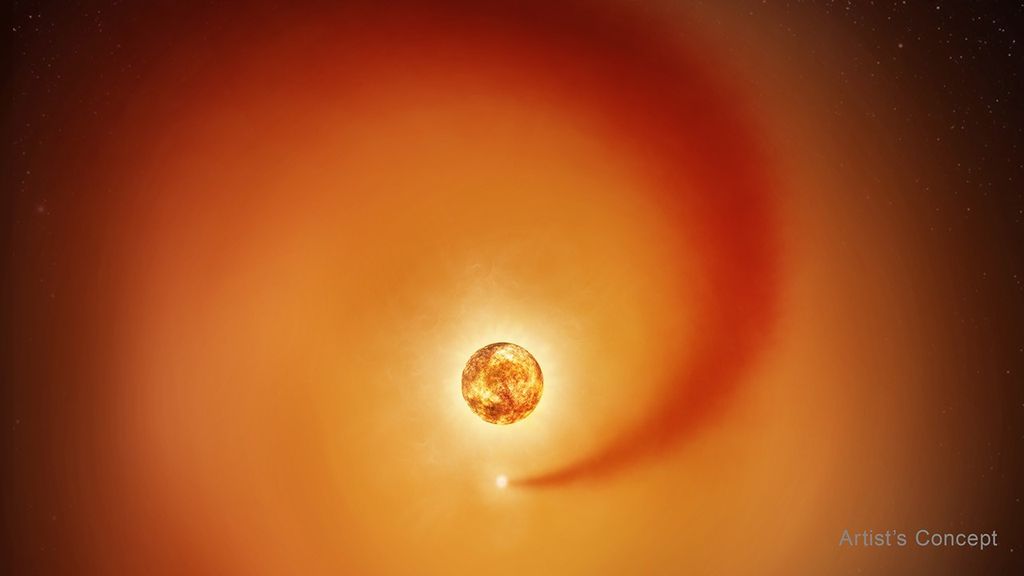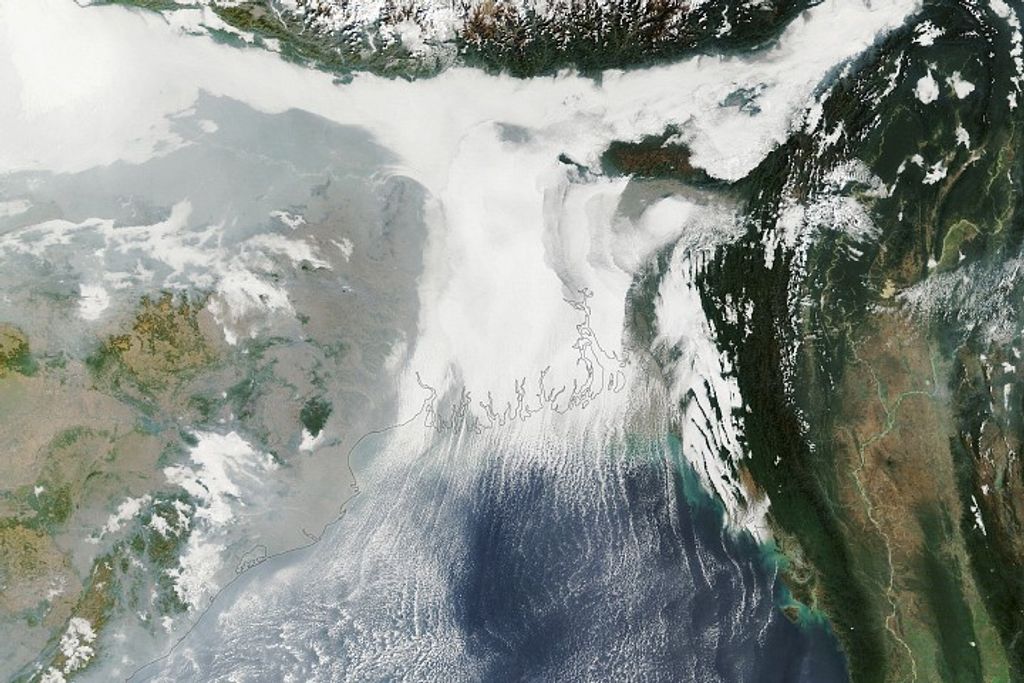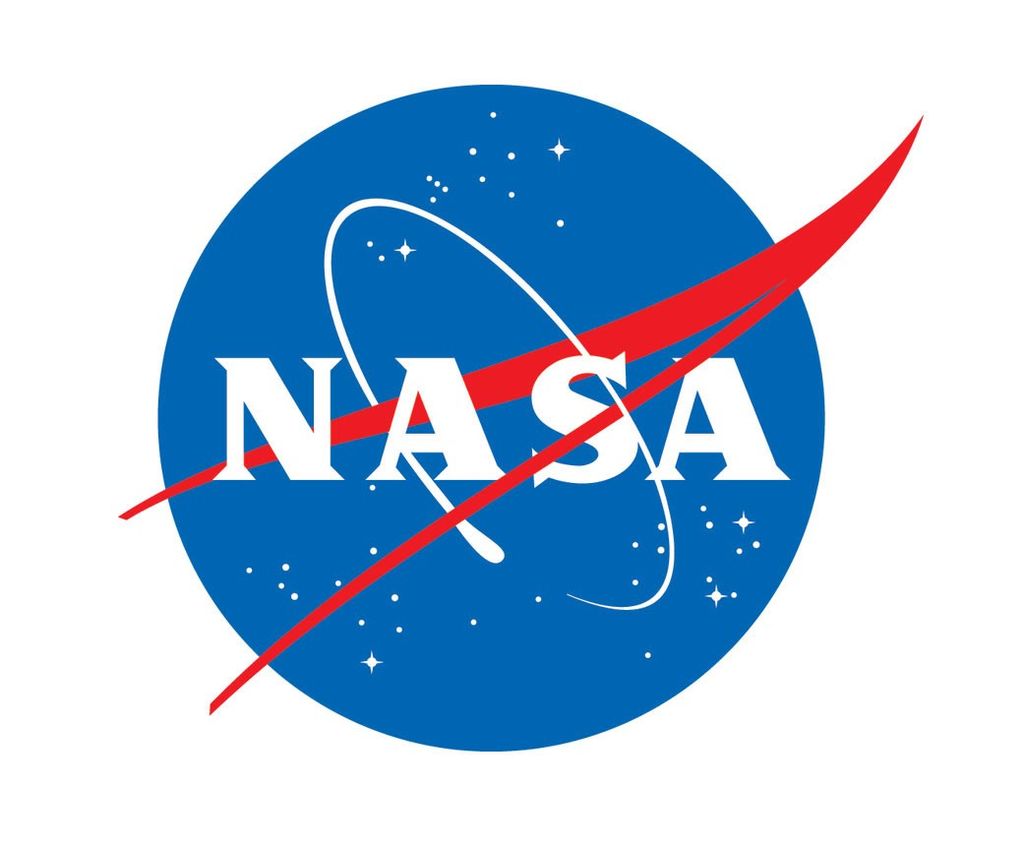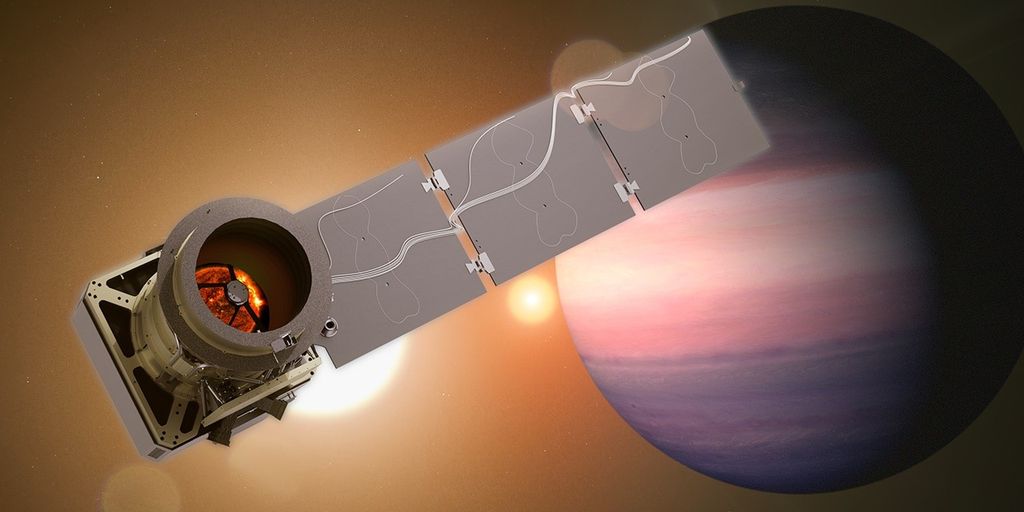Science Analysis Group
Time Domain and Multi-Messenger Astrophysics Communications
Completed
The goal of the TDAMMComms SAG was to define requirements, based on the science drivers, for communications systems to enable rapid commanding and downlinking of data for future NASA TDAMM missions. The TDAMMComm SAG welcomed input from community stakeholders, including those involved in mission concepts currently in development.
About TDAMM SAG
Space-Based Astrophysics Requires Mission Communications With the Ground
In the burgeoning field of time domain and multi-messenger astrophysics (TDAMM), the science drives the frequency of this communication both for downlinking data and uplinking commands.
In the last few decades, NASA has provided a wide array of options for communications, including Near Space Network (NSN), which is composed of Direct-to-Earth (DTE) ground stations for communicating with missions in near-Earth orbits; the Space Relay (SR), which operates a fleet of geostationary satellites known as the Tracking and Data Relay Satellite System (TDRSS); and finally the Deep Space Network (DSN) for communicating with missions at larger distances (e.g., Planetary Distances, Lagrange points).
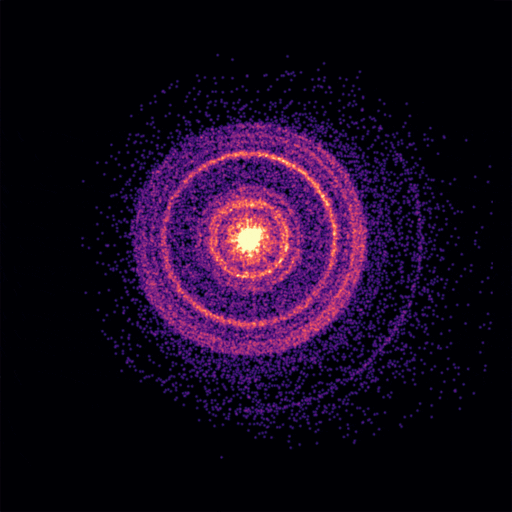
The current fleet of rapidly-communicating TDAMM missions (e.g., Fermi, Swift, NICER) have utilized TDRSS assets to perform low-latency alerts and commanding that have enabled transformational TDAMM science. However, in the future it has been communicated that TDRSS will be decommissioned and replaced by a commercial service by 2030, with some period of overlap. The goal of this SAG is to, based on the science drivers, define requirements for comms systems to enable rapid commanding and downlinking of data for future NASA TDAMM missions.
The SAG will consider various questions relating to how future communications solutions can be developed to better support TDAMM missions. These questions include looking at the science drivers that will define future comms needs; the needs for missions in a variety of orbits; looking into bandwidth and latency requirements for future TDAMM missions; the issue of cost of comms for TDAMM missions; the need for high availability and flexible scheduling of comms; and how the future of communications can be better advertised to proposers.
TDAMM Communications SAG Chairs
| Name | Institution |
|---|---|
| Jamie Kennea | Penn State |
| Judy Racusin | NASA GSFC |
TDAMM Communications SAG Documents
News Straight to Your Inbox
Subscribe to your community email news list
We will never share your email address.
